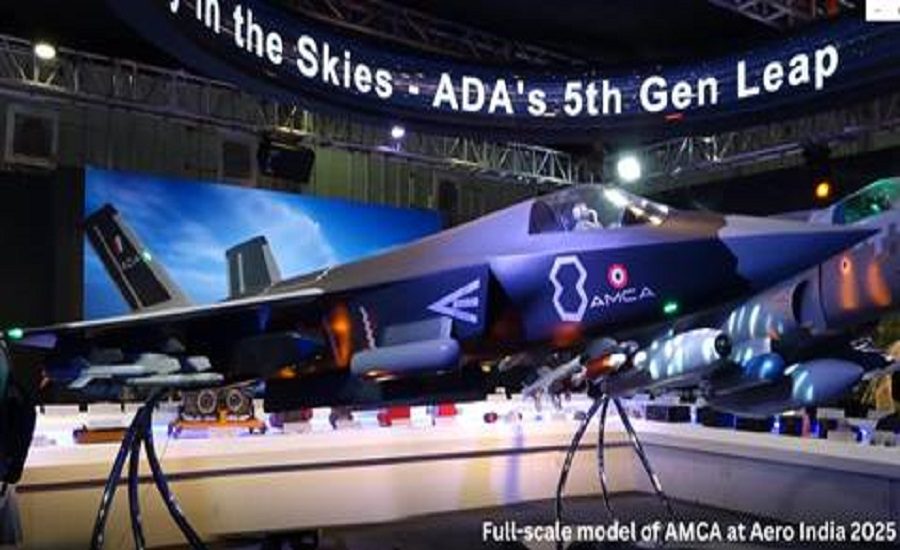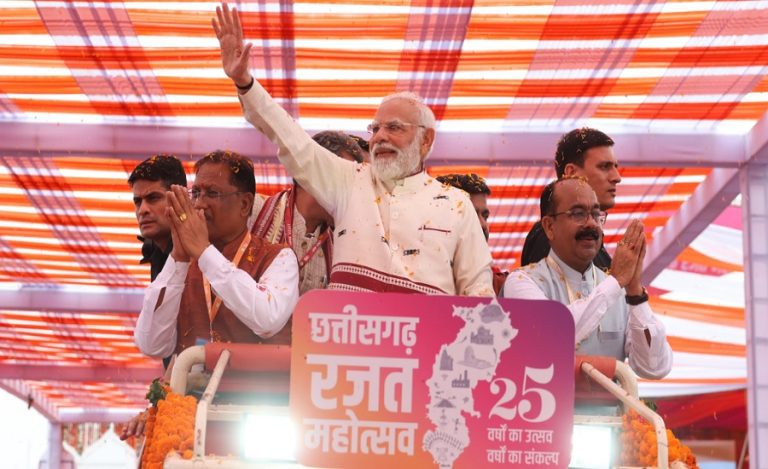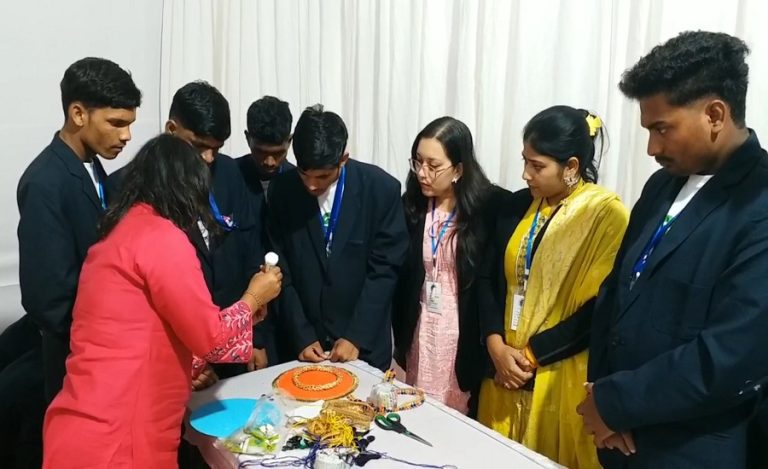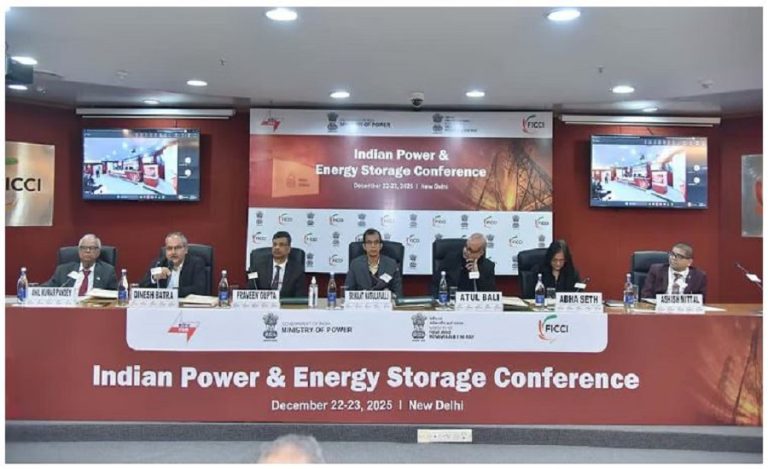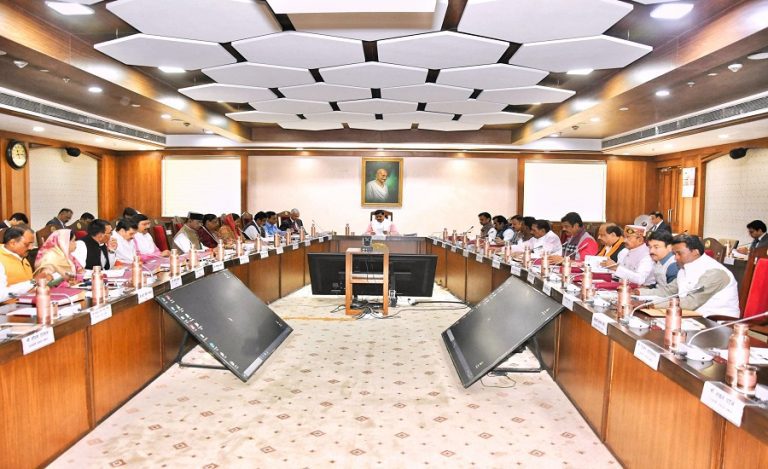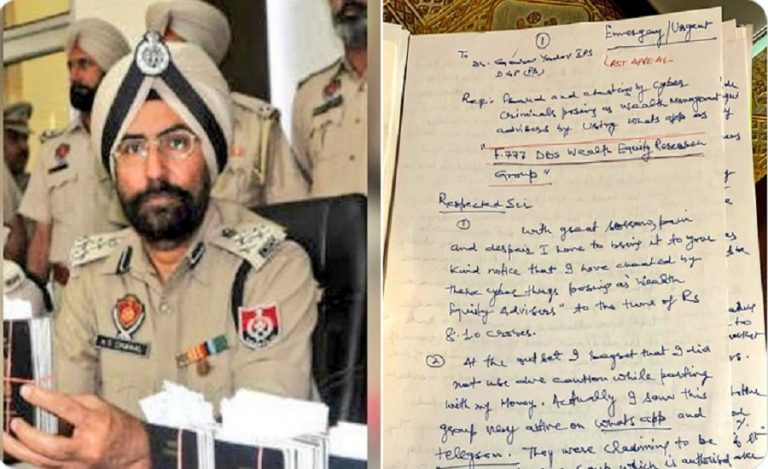New Delhi: In a significant leap towards building its own fifth-generation stealth fighter, India has completed the first critical phase of its most ambitious defence aviation programme – the Advanced Medium Combat Aircraft (AMCA).
With the deadline for Expression of Interest (EoI) closing on September 30, top defence and aerospace firms, including HAL, L&T, BEL, and BEML, have formally submitted bids for the ₹15,000 crore design and development phase of the AMCA project, overseen by the Aeronautical Development Agency (ADA) under DRDO.
Big Players in the Race to Build India’s Next-Gen Fighter
The EoI saw intense competition from major Indian defence firms –
- Hindustan Aeronautics Limited (HAL): India’s premier fighter jet manufacturer, builder of the Tejas.
- Larsen & Toubro (L&T) – Bharat Electronics Ltd (BEL): Have joined forces in a strategic partnership.
- BEML: The PSU has entered the fray by teaming up with private industry partners.
A committee headed by Dr. A. Sivathanu Pillai, former Chief of BrahMos Aerospace, will now evaluate the bids and submit recommendations to the Ministry of Defence (MoD).
What is the AMCA?
The AMCA is India’s answer to fifth-generation fighters like the F-35 (USA), Su-57 (Russia), and J-20 (China). It promises stealth capabilities, supercruise (sustained supersonic speed without afterburner), and next-gen avionics.
Key specifications –
- Stealth Technology: Radar-evading design with internal weapon bays
- Supercruise Capability: High-speed flight without afterburner
- Multirole Capabilities: Air superiority, ground attack, and electronic warfare
- Advanced Avionics: AI integration, sensor fusion, and data-link systems
Project Timeline and Scale
- Design and Development Cost: ₹15,000 crore
- Production Phase Value: ₹2 lakh crore
- Aircraft to be Built: ~125 units (7 squadrons)
- First IAF Squadron Induction: Targeted by 2034–35
Why the AMCA Matters for India’s Strategic Edge
The AMCA is not just a new aircraft – it represents India’s entry into an elite club of countries with indigenous fifth-generation combat capabilities. The Indian Air Force (IAF), facing threats on both the eastern and western fronts, has long needed a high-end stealth platform to counter evolving aerial threats.
With China’s J-20 and potential J-31 upgrades in play, and Pakistan deepening ties with Chinese aviation, the AMCA is expected to offer a decisive technological edge in future warfare scenarios.
A Boost for ‘Make in India’ and the Defence Industry
Beyond its military value, the AMCA is being seen as a transformational moment for India’s aerospace and defence industry. This is the first time private industry players are being invited to co-develop such a high-end fighter platform.
Key Industry Benefits
- Creation of a long-term aerospace ecosystem
- Generation of thousands of skilled jobs
- Opportunities for technology transfer and export
- Boost to MSMEs and local suppliers in defence manufacturing
Government’s Close Monitoring
Approved by the Cabinet Committee on Security (CCS) last year, the AMCA project is being closely supervised by the Ministry of Defence. Defence Secretary Giridhar Aramane is personally reviewing progress with DRDO and ADA to ensure no delays.

